GUEST BLOGGER DARCY PATTISON
Why do we need science communication? The most amazing scientific breakthroughs are worthless unless the right people know about them. If a scientist discovered a cure for diabetes, it’s useless unless doctors and patients learn about it and use the cure. That means our society needs writers who can understand scientific information and make it simple for others to understand. In today’s world, we need writers and those who can communicate through digital media.
A case study in science communication: #snaillove
Dr. Angus Davison, of the University of Nottingham, Nottingham, England needed to communicate about a scientific problem. It started when his friend found a garden snail with a left-coiled shell. Almost all garden snails have right-coiled shells. What caused this one snail’s shell to grow opposite to the rest of the species? Was it hereditary or was it an accident of nature?
To find out, Dr. Davison needed to breed the snail, that he named Jeremy. However, left-coiled snails can only mate with left-coiled snails. Because the left-coiled snails are so rare, Dr. Davison could have given up. Instead, he talked with the communications department of the University of Nottingham, and they helped him put together a social media campaign. A social media campaign is when you communicate through social media with blog posts, podcasts, TV interviews, posting on Facebook, BlueSky, TikTok, Youtube or other platforms. Often a social media campaign includes a hashtag—#—which identifies the campaign and allows you to track it to see how many people it reaches. Brilliantly, they named the snail campaign, #snaillove.
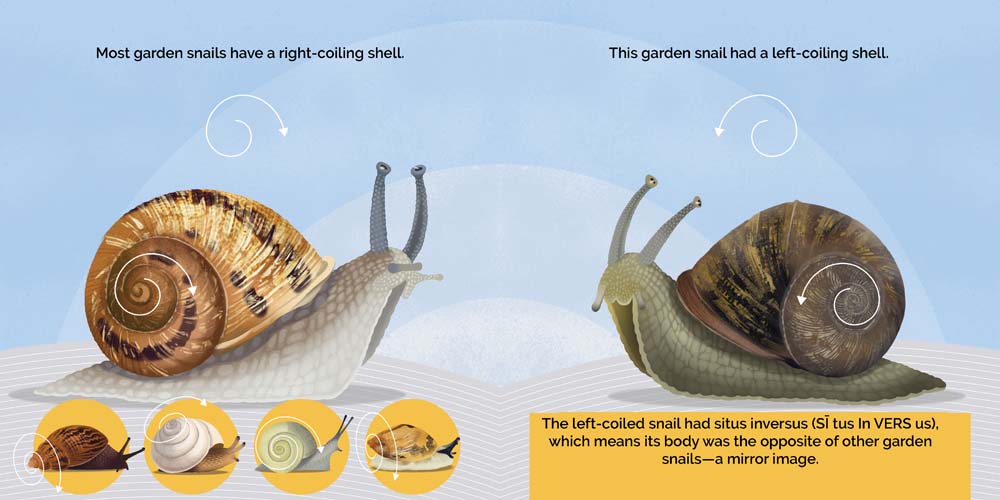
#snaillove goes viral
#snaillove started in October 2016, when Dr. Davison was interviewed on BBC Radio 4’s Today program. After that, the team posted across various social media platforms about #snaillove. #snaillove went viral, reaching 1.9 billion people worldwide. Initially, two people sent their left-coiled snails to Dr. Davison. Eventually, over time, they found 47 left-coiled snails.
This type of social media campaign is one example of citizen science, when a scientist asks for help from the general public for a specific task. In this case, Dr. Davison asked that people identify a type of snail that they might find in their garden. Another example of citizen science is when Audubon Society asks for help in counting birds during the Christmas season.
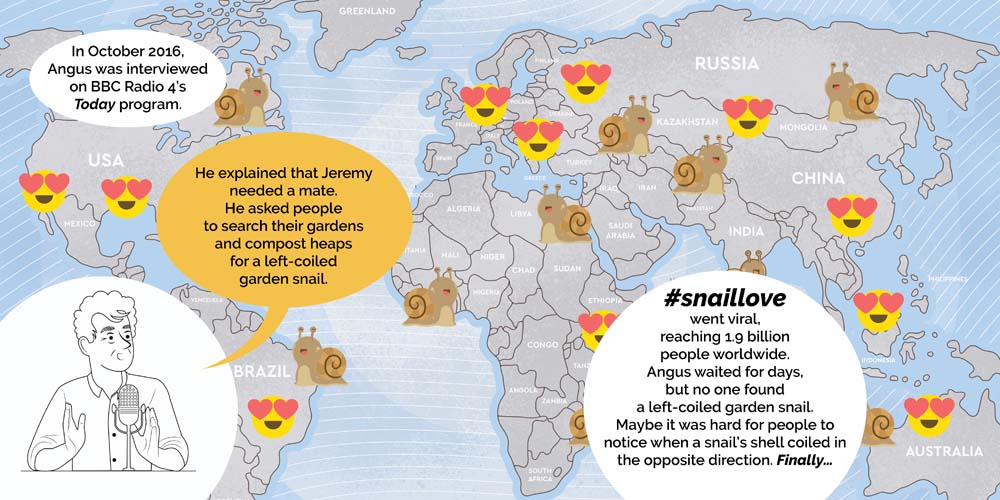
Activity: Create a social media campaign for a citizen science project
Divide students into small groups. Log into Zooniverse.org and let students look around for interesting projects. Or, use a local project if you know of one. Identify an interesting project for each small group. The group will then investigate the project and use their science communication skills to create a hypothetical social media campaign for that project.
When the groups investigate a citizen science project, they are looking for lists of facts about the project. Try to find about 20 facts, so there’s enough information to work with. Be sure to look up any unfamiliar scientific terms. Remember, science communication can be fun, but must be accurate!
Ideas for social media content
Social media relies on four types of media: images, audio, text, or video. Involve the students in creating each type of media. Choose from these or similar activities:
- Let one student act as the scientist, while another student interviews the scientist-actor. Choose what media to use for this. It could be a 30-second video, a 250-word blog, or a FAQ list (Frequently Asked Questions). The group can decide if they want to write a script for the video.
- Create images that could be used in a social media campaign. For example, you might show a student holding a snail. Or perhaps, like Dr. Davison, you might like a snail crawling on your face!
- Create an audio interview. For this, a student could act they are a citizen who is helping the scientist. For example, they might talk about how exciting and fun it was to go out on a cold December day and count birds. They could include information on the best binoculars to use for birdwatching.
Discuss the social media campaigns
Ask students to think about the information presented in a social media campaign. Does the information change when you present it in a different media? Or is it just repurposed for a certain way of communicating?
- Discuss how a video script would be different from a blog article from a FAQ.
- Are some types of information more suited to one media or another? For example, bird watchers may rely on bird calls to identify birds. In that case, audio would be an important part of the information communicated.
- Make a list of the ways you can repurpose a video interview for other social media. The first one is done for you.
- 1: Write a transcript of the interview and publish as a blog post.
- 2:
- 3:
Featured image credit: Courtesy of Darcy Pattison
Children’s book author and indie publisher Darcy Pattison writes award-winning fiction and nonfiction books for children. Jeremy, the English Garden Snail is Book 7 in her Another Extraordinary Animal series. Her works have received starred PW, Kirkus, and BCCB reviews. Awards include the Irma Black Honor award, five NSTA Outstanding Science Trade Books, two Eureka! Nonfiction Honor book, two Junior Library Guild selections, two NCTE Notable Children’s Book in Language Arts, a Notable Social Studies Trade Books, and an Arkansiana Award. She’s the 2007 recipient of the Arkansas Governor’s Arts Award for Individual Artist for her work in children’s literature.




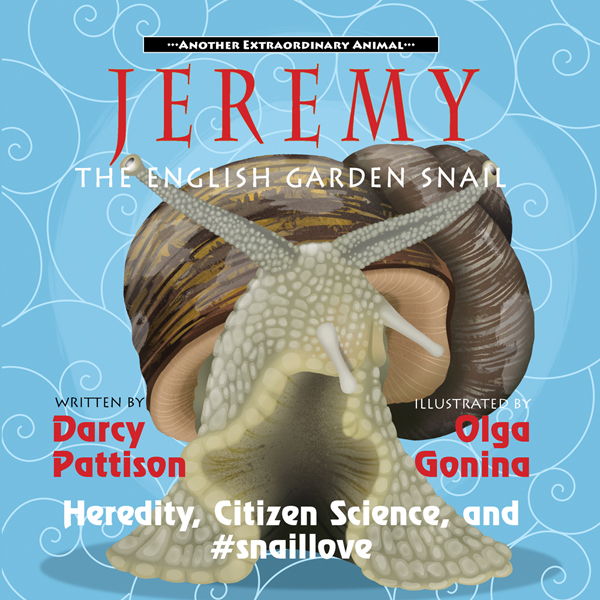
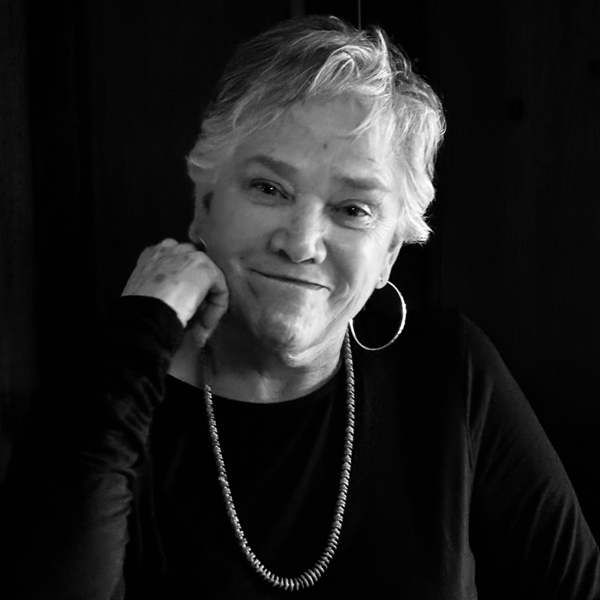
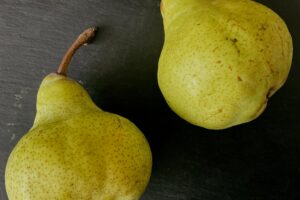

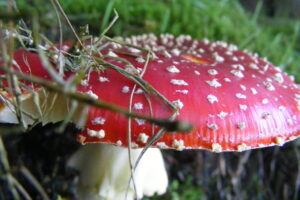


Leave a Reply
Your email is safe with me.